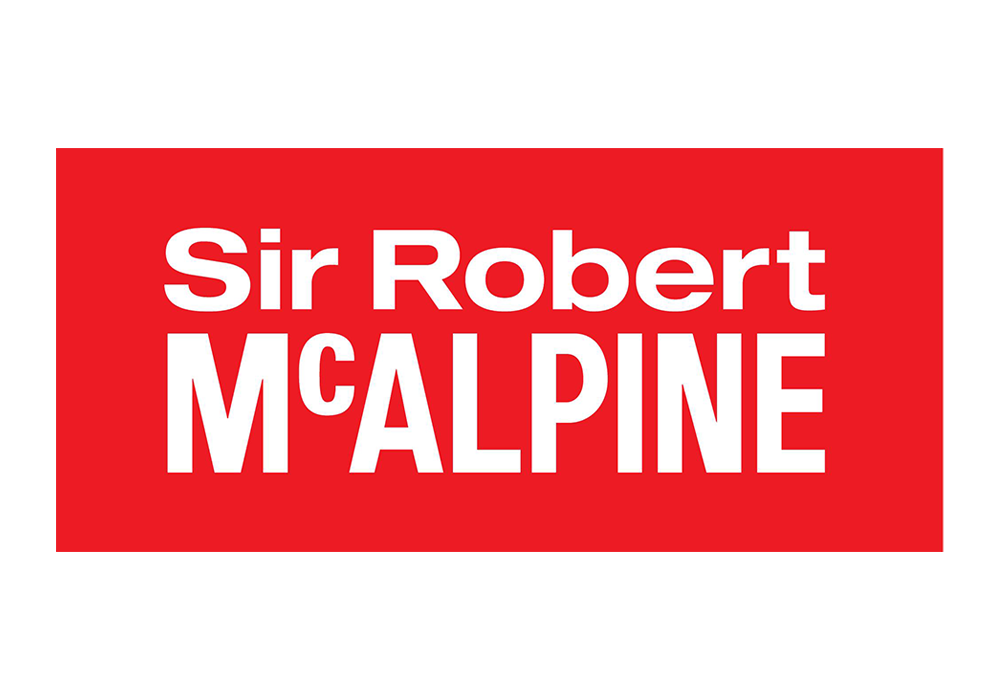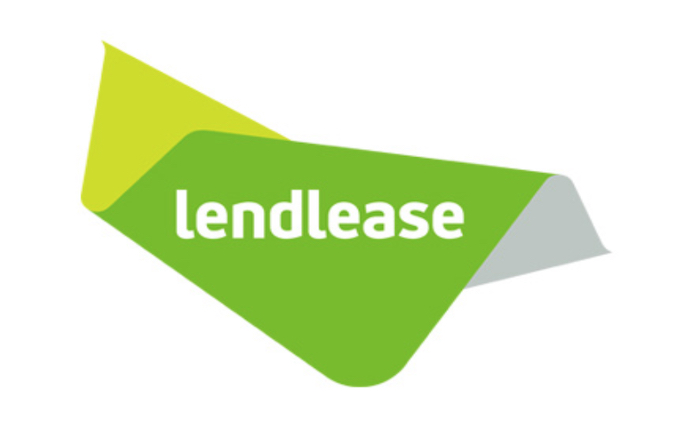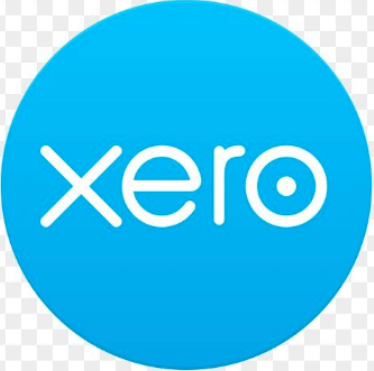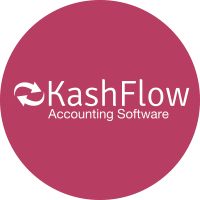Certified Accountants
We are often being asked what can and can’t be included in a PAYE settlement agreement, so here we have our helpful guide to PSA’s (PAYE Settlement Agreements) and the steps you can take to get a PSA and inform HMRC how much you owe. If any of this is still unclear we are here to help, get in touch with one of the accountants here at F9 Consulting on 0800 169 3278
What can be included in a PAYE Settlement Agreement?
Minor benefits and expenses include things like incentive awards. These may be handed out to employees as a reward for their long service with an organisation. Other items such as small gifts and vouchers also fall under this category, as well as telephone bills or staff entertainment—e.g. annual parties.
Irregular benefits and expenses relate to things that are not paid regularly throughout the course of a tax year. They are typically things that employees do not necessarily have a contractual right to—e.g. relocation expenses over £8,000, attendance at overseas events or the use of a company holiday venue.
Impracticable benefits and expenses refer to items or events that don’t have a fixed value. Examples would be personal care expenses, shared cars or special staff events.

Other items such as small gifts and vouchers also fall under this category, as well as telephone bills or staff entertainment—e.g. annual parties.
What can’t be included in a PAYE Settlement Agreement?
Companies cannot include cash payments such as wages and beneficial loans or high-value benefits such as company cars or company accommodation.
How to get a PSA and tell HMRC what you owe
- Write to HMRC Business Tax and Customs describing the expenses and benefits you want the PAYE Settlement Agreement (PSA) to cover.
- Once they’ve agreed on what can be included, HMRC will send 2 draft copies of form P626. Sign and return both copies. HMRC will authorise the request and send back a form – this is the PSA.
- You’ll need to report anything that cannot be included separately using form P11D. You do not need to send a P11D if you’re paying employees’ expenses and benefits through your payroll.
- Complete and submit the online form to tell HMRC how much you’ll need to pay. If you do not, HMRC will calculate the amount. You’ll be charged more if this happens.
- HMRC will get in touch with you before 19the October following the tax year that the PSA covers, to confirm the total tax and National Insurance you need to pay.
What happens next
The agreement will continue until either you or HMRC cancels it or you need to change it. You do not need to renew the PSA each tax year.
Deadlines and payment
The deadline for applying for a PAYE Settlement Agreement is the 5th July following the first tax year it applies to.
- Example: For the tax year 2021 to 2022 you will have until 5th July 2022 to apply
When to pay
You must pay any tax and National Insurance owed under a PSA by the 22nd October after the tax year the PSA applies to.
We are always here to help! It could;dn’t be easier to switch your accounts to F9 and see the difference our talented team of Certified Chartered Accountants can make to your business. Get in touch today on 0800 169 3278















Jake Ashworth-Jones
19 days ago
If you're shopping around for an accountant and are, as I was, uncertain about who to go for; I can put your mind at rest and say that F9 are definitely one of the good guys! ...More